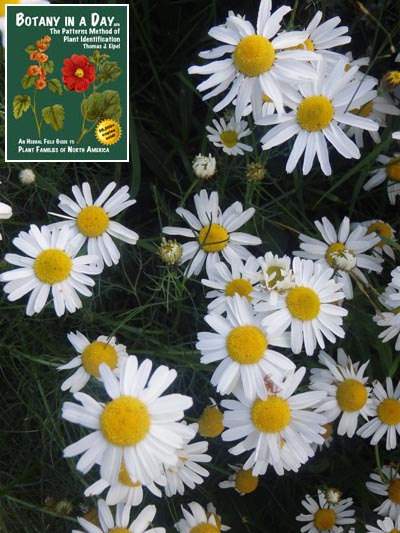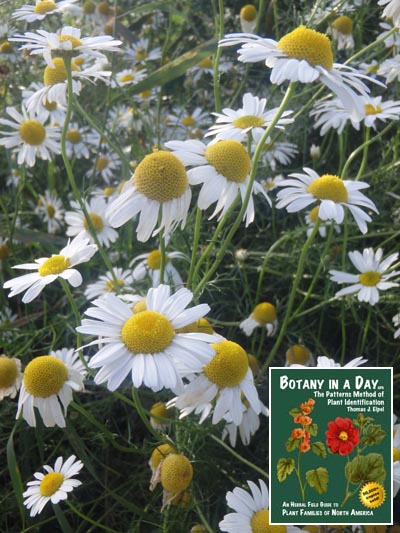Native Flowers of Sweden
It's all the Same, just Different

One of the great thrills of traveling is to encounter new species of plants. Another thrill is to instantly recognize those plants as relatives of species back home. That is the beauty of learning plant family patterns. Learn a pattern, and you can recognize that pattern in unique species all around the globe.
Traveling between Montana and Sweden, the flora is closely related by climate and proximity. Northern North America has many different species from northern Europe, but the similarities between our species and theirs suggest relatively recent common ancestors. Seeds transported either direction by birds, wind, or migrating mammals introduced ancestral plants to new habitats where they evolved in isolation from their geographically distant relatives. Differences arose over time resulting in different species, some native to the American continent, others native to Eurasia. Hiking around Sweden, one quickly notices that it's all the same, just different.
 The spreading bellflower (Campanula patula), for example, looks very much like our common harebell (C. rotundifolia) with purple flowers consisting of five united petals with a three-parted stigma plus milky juice in the stems. Norwegian angelica (Angelica archangelica) is very similar to our native Angelicas. Europe's giant hogweed (Heracleum mantegazzianum) looks very much like our native cow parsnip (H. lanatum), but much bigger and its more potent chemistry is strong enough to cause major blisters on contact. Wherever we traveled it was fun to discover new plants and instantly recognize them as relatives of familiar plants back home.
The spreading bellflower (Campanula patula), for example, looks very much like our common harebell (C. rotundifolia) with purple flowers consisting of five united petals with a three-parted stigma plus milky juice in the stems. Norwegian angelica (Angelica archangelica) is very similar to our native Angelicas. Europe's giant hogweed (Heracleum mantegazzianum) looks very much like our native cow parsnip (H. lanatum), but much bigger and its more potent chemistry is strong enough to cause major blisters on contact. Wherever we traveled it was fun to discover new plants and instantly recognize them as relatives of familiar plants back home.
One of the most interesting plants we encountered was "herb Paris" (Paris quadrifolia), shown immediately below, which is very similar to various species of Trillium common in North America. The plants have similar height and structure, similar leaf size, shape, and texture, plus similar sepals, petals, and fruits. The obvious difference is that Paris quadrifolia has leaf and flower parts in multiples of 4 while Trilliums and most other members of the Bunchflower family are typical monocot plants with parts in multiples of 3.
One can imagine Paris quadrifolia forming from a recent Trillium ancestor with a single genetic variant producing parts in 4s. Genetic mutants are common, but often not as robust or may be diluted through cross-pollination with nonmutant flowers that they are never more than oddities. We might surmise, however, that a mutant plant with parts in 4s became isolated from it's kin, multiplying as a 4-parted variant that gradually solidifed as a unique genus which ultimately diverged into twenty-four unique species, evolution visibly in motion.
Scroll down the page to see a few of Sweden's native flowers that are mostly similar to North American species.
Botanizing Sweden
1. Intro and Circumpolar Species | 2. Exported Species | 3. Introduced Species
4. Cultivated Flowers | 5. Native Flowers | 6. Native Shrubs and Trees

Herb Paris: Paris quadrifolia. |

Herb Paris: Paris quadrifolia. Herb Paris is a member of the Bunchflower Family |

Calla Lily: Calla palustris. |
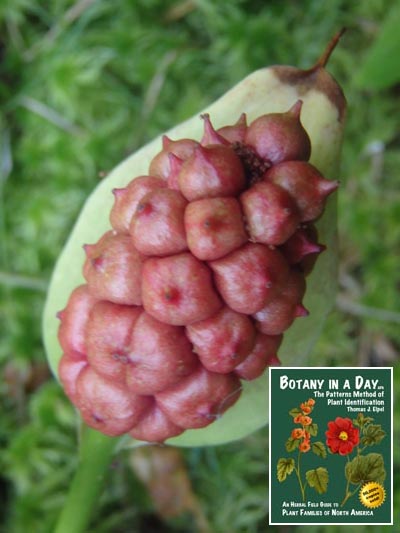
Calla Lily: Calla palustris. Calla lily is a member of the Arum Family. |

Common Wood Sorrel: Oxalis acetosella. Wood Sorrel belongs to the Wood Sorrel Family. |
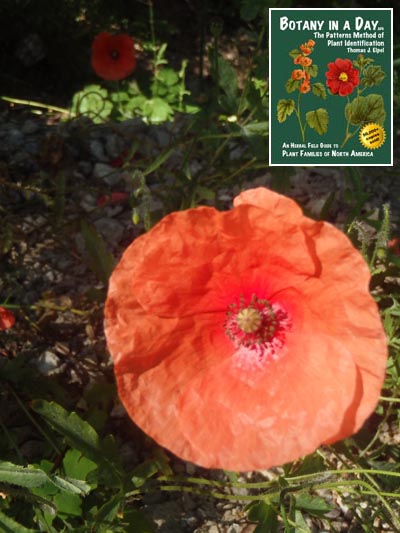
Common Poppy: Papaver rhoeas. Poppy belongs to the Poppy Family. |

Perennial Wall Rocket: Diplotaxis tenuifolia. Rocket is a member of the Mustard Family. |

Perennial Wall Rocket: Diplotaxis tenuifolia. |

Great Willowherb: Epilobium hirsutum. |

Great Willowherb: Epilobium hirsutum. Willowherb is a member of the Evening Primrose Family. |

Ragged Robin: Lychnis flos-cuculi. |

Ragged Robin: Lychnis flos-cuculi. Ragged Robin is a member of the Pink Family. |

Erect Cinquefoil: Potentilla erecta. |

Erect Cinquefoil: Potentilla erecta. Cinquefoil is a member of the Rose Subfamily of the Rose Family |

Hairy Vetch: Vicia villosa. |

Hairy Vetch: Vicia villosa. Vetch is a member of the Pea Family. |

Dovesfoot Geranium: Geranium molle. |

Dovesfoot Geranium: Geranium molle. Geranium is a member of the Geranium Family. |

Herb Robert: Geranium robertianum. |

Herb Robert: Geranium robertianum. Herb Robert is a member of the Geranium Family. |
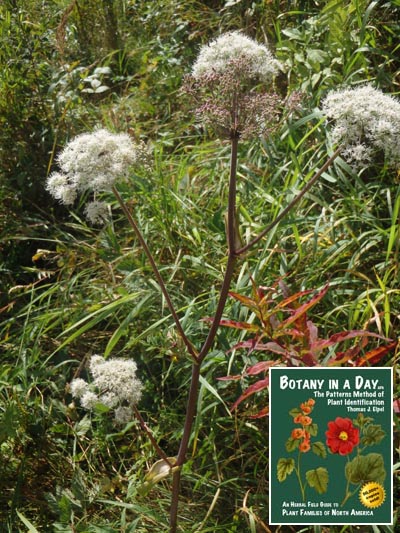 Norwegian angelica: Angelica archangelica |
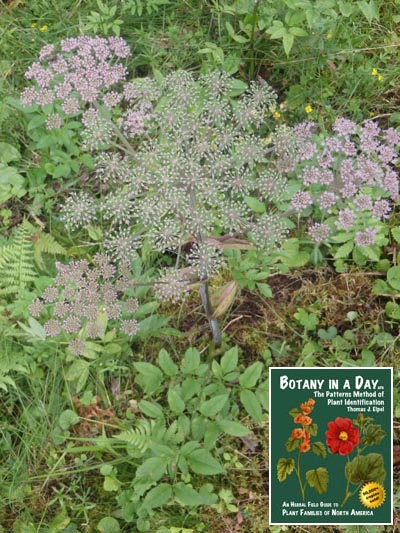 Norwegian angelica: Angelica archangelica. Angelica is a member of the Parsley Family. |

Giant Hogweed: Heracleum mantegazzianum. |

Giant Hogweed: Heracleum mantegazzianum. Giant Hogweed is a member of the Parsley Family. |

Yellow Bedstraw: Galium verum. |
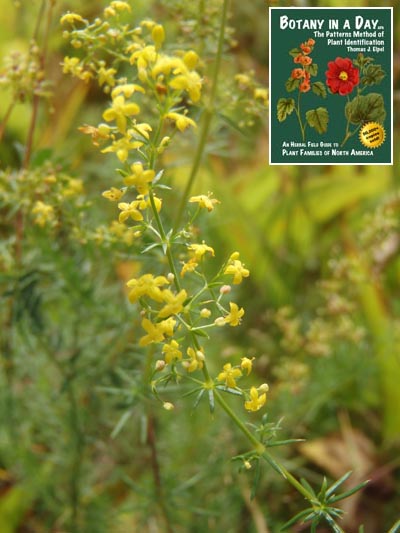
Yellow Bedstraw: Galium verum. Bedstraw is a member of the Madder Family. |

Spreading Bellflower: Campanula patula. |

Spreading Bellflower: Campanula patula.Bellflowers are members of the Harebell Family. |
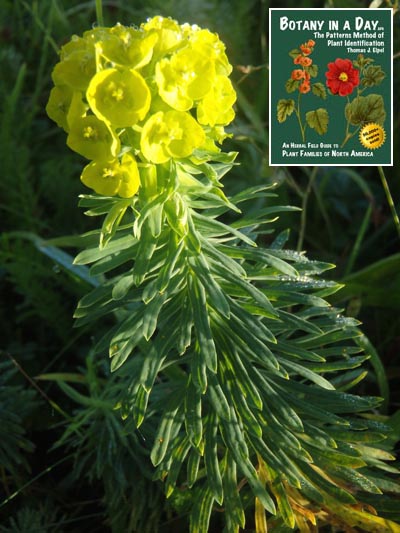 Mediterranean Spurge: Euphorbia characias. |
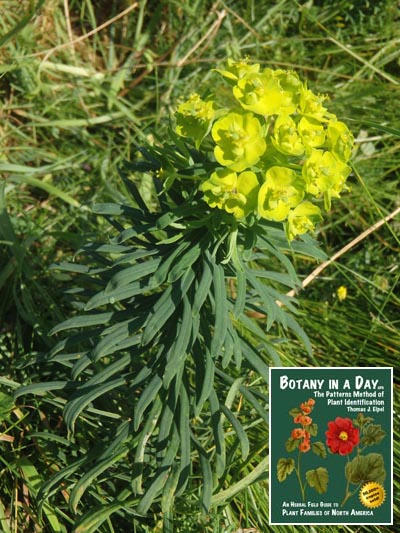 Mediterranean Spurge: Euphorbia characias. Spurge belongs to the Spurge Family. |

Common Hemp-Nettle: Galeopsis tetrahit. |

Common Hemp-Nettle: Galeopsis tetrahit. Hemp-Nettle is a member of the Mint Family. |

Motherwort: Leonurus cardiaca. |

Motherwort: Leonurus cardiaca. Motherwort is a member of the Mint Family. |

Yellow Loosestrife: Lysimachia vulgaris. |

Yellow Loosestrife: Lysimachia vulgaris. Loosestrife is a member of the Primrose Family. |

Horse Mint: Mentha longifolia. Horse mint is a member of the Mint Family. |

Field Cow-Wheat: Melampyrum arvense. Cow-Wheat is a member of the Broomrape Family. |

Common Cow-Wheat: Melampyrum pratense. |

Common Cow-Wheat: Melampyrum pratense. Cow-Wheat is a member of the Broomrape Family. |

Devil's Bit Scabious: Succisa pratensis. |

Devil's Bit Scabious: Succisa pratensis. Scabious was traditionally placed in the Teasel Family, which is now considered a subfamily of the Honeysuckle Family. |
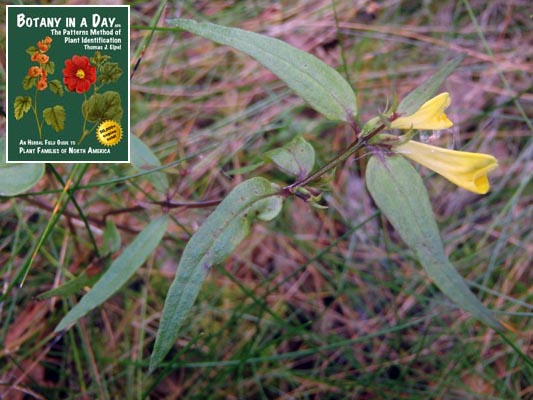
Botanizing Sweden
1. Intro and Circumpolar Species | 2. Exported Species | 3. Introduced Species
4. Cultivated Flowers | 5. Native Flowers | 6. Native Shrubs and Trees

Check out Botany in a Day
Return to the Wildflowers & Weeds Home Page





 Wildflowers-and-Weeds.com
Wildflowers-and-Weeds.com 



























































